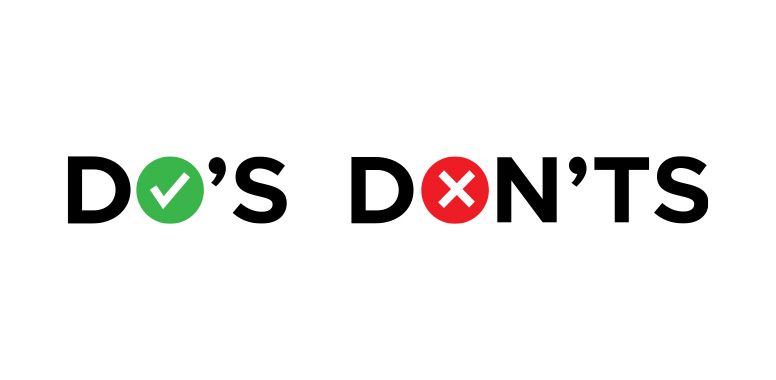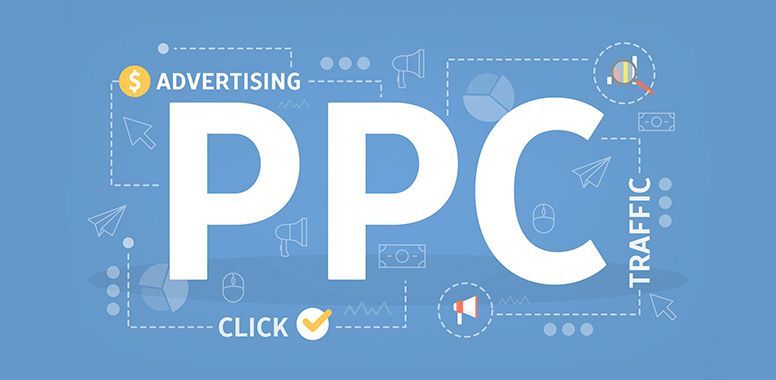The Science of Pricing: How to Leverage Psychological Pricing on Amazon
Have you ever wondered why some products fly off the shelves while others struggle to sell, even when they’re nearly identical? The answer often lies in pricing—not just the numbers, but the psychology behind them. Pricing isn’t just about covering costs; it’s about perception, value, and buyer behavior.
On Amazon, where customers make split-second decisions, your pricing strategy can be the difference between a thriving business and
stagnant sales. A well-executed pricing strategy can:
- Increase sales while maintaining healthy profit margins.
- Strengthen customer trust and brand positioning.
- Help you compete effectively without engaging in profit-draining price wars.
- Maximize revenue from each customer segment.
On the flip side, poor pricing can:
- Result in lower profit margins, even with high sales volume.
- Drive potential buyers to competitors.
- Devalue your brand perception.
- Lead to frequent price changes that confuse and frustrate customers.
Understanding Pricing Psychology
Pricing psychology refers to the way small changes in how prices are displayed influence buying behavior. Consumers don’t always make logical decisions when it comes to purchasing; instead, they rely on cognitive biases and emotional triggers. By tapping into these biases, you can create pricing strategies that encourage more sales without necessarily lowering your prices.
Key Psychological Pricing Strategies for Amazon Sellers
1. Charm Pricing: The Power of .99
Why do so many products end in .99? Because it works! Charm pricing involves setting a price just below a round number—like $19.99 instead of $20. The reason this works lies in the left-digit bias: customers focus on the first number they see, making the price feel significantly lower than it actually is.
How to Apply This on Amazon:
- Price products at $9.99, $19.99, or $49.99 instead of whole numbers.
- Use this strategy for non-premium products where affordability is a major selling point.
2. Price Anchoring: Establishing a Reference Point
What if you could make a $29.99 product feel like a steal? That’s exactly what price anchoring does. By showing a higher price first, the next price customers see feels like a bargain.
How to Apply This on Amazon:
- Use a “Was $39.99, Now $29.99” format to create a sense of savings.
- Offer a premium version of your product alongside a standard version to make the latter seem like a better deal.
3. The Power of Bundling and Bonus Offers
Everyone loves getting more for their money. Bundling products together increases perceived value, making customers more likely to buy.
How to Apply This on Amazon:
- Sell a pack of three for $24.99 instead of a single item for $9.99 to create perceived savings.
- Offer a “Buy One, Get One 50% Off” deal to increase order value.
4. Limited-Time Discounts: Creating Urgency
Scarcity triggers action. When customers feel like they might miss out on a deal, they are more likely to buy immediately.
How to Apply This on Amazon:
- Utilize Amazon’s Lightning Deals to offer time-sensitive discounts.
- Highlight “Only X left in stock” to create a fear of missing out (FOMO).
5. Price Perception and Social Proof
Would you rather buy a product with 5,000 reviews or one with just 10? Customers trust highly rated products, even if they cost more.
How to Apply This on Amazon:
- Maintain a strong seller rating to justify premium pricing.
- Encourage customer reviews to build trust and reinforce value.
6. Odd vs. Even Pricing: When to Use Each
Odd prices (e.g., $9.99, $14.95) create a perception of affordability, while even prices (e.g., $50, $100) suggest premium quality and durability.
How to Apply This on Amazon:
- Use odd pricing for everyday products to encourage impulse purchases.
- Use even pricing for high-end or luxury items to maintain a perception of exclusivity.
7. The Power of Subscription Pricing
Amazon’s “Subscribe & Save” feature allows sellers to lock in repeat customers by offering discounts for subscriptions.
How to Apply This on Amazon:
- Encourage customers to subscribe by offering a 10-15% discount.
- Highlight the savings compared to one-time purchases.
Avoiding Common Pricing Mistakes
Even the best sellers can fall into pricing pitfalls that hurt their profitability and brand perception. Here are some common mistakes to watch out for and how to avoid them:
Over-Discounting
While offering discounts can be an effective way to drive sales, excessive markdowns can backfire. Constantly lowering prices can devalue your brand, making it harder to justify premium pricing in the future.
Additionally, frequent discounts train customers to wait for sales rather than purchasing at full price, ultimately reducing your long-term profitability. Instead of relying solely on discounts, consider bundling, limited-time promotions, or value-driven pricing strategies to maintain a strong brand image while incentivizing purchases.
Ignoring Competitor Pricing
Amazon is a fast-moving and highly competitive marketplace where pricing plays a crucial role in buying decisions. Failing to monitor competitor pricing can leave you overpriced and uncompetitive or, conversely, underpriced and missing out on potential profit.
Keep track of pricing trends, analyze how competitors adjust their strategies, and use dynamic pricing tools to ensure you remain relevant without sacrificing your margins.
Failing to Test Different Pricing Strategies
There’s no one-size-fits-all pricing strategy, and what works for one product may not work for another. Relying on static pricing without testing different approaches can mean missing out on opportunities to maximize revenue. A/B testing various price points can help determine the optimal balance between conversion rates and profitability.
Experimenting with psychological pricing techniques, subscription models, or premium pricing tiers can provide valuable insights into what resonates best with your target audience.
By avoiding these common mistakes and adopting a strategic, data-driven approach, you can optimize your pricing for long-term success on Amazon.
Final Thoughts:
Maximizing your profits isn’t just about selling more—it’s about pricing smarter. By leveraging strategic pricing techniques, understanding consumer psychology, and continuously analyzing your data, you can increase conversions, boost revenue, and stay competitive without racing to the bottom of price.
The e-commerce landscape is constantly evolving, and so are the strategies that drive success. Stay ahead by testing different pricing models, adapting to market trends, and positioning your products for maximum perceived value.
Don’t leave money on the table. Need expert guidance to refine your pricing strategy and unlock your brand’s full revenue potential? Let’s talk. Reach out today or book a Zoom call
here
to discover how we can help you price for profit, growth, and long-term success. With the right strategy, your success isn’t just possible—it’s inevitable.


